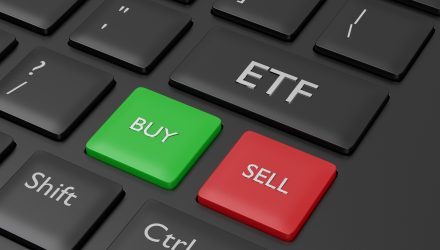One of the key features of an exchange-traded fund (ETF) is that it has the ability to trade like an individual stock. It’s one of the dynamic abilities investors can take advantage of when buying and selling ETFs.
Like stocks, investors can purchase and sell them freely on an exchange like the New York Stock Exchange. However, how does an investor go about buying and selling ETFs?
ETF Creation and Redemption
In order to understand how ETFs are bought and sold, it’s necessary to know their creation process.
The process of creation and redemption is what regulates the supply of ETFs in the marketplace. This process will involve an authorized participant (AP) who can redeem shares of an ETF via sale to the fund’s sponsor.
The authorized participant comprises a part of a larger ecosystem for ETFs. Click here for more information on this ETF ecosystem.
Market demand will be the primary determinant for the amount of redemption and creation activity for an ETF. Demand for the ETF will also drive the price of its shares, which in turn, determines whether the ETF is trading at a discount or premium relative to the value of its underlying assets.
As opposed to stocks, which involve a counterparty, an ETF trade will involve a liquidity provider.
Buying and Selling ETFs
Like stocks are shares or fractional ownership of a company, the ETF owns underlying assets and divides ownership of those assets into shares. As such, these shares can be bought and sold on a major exchange.
